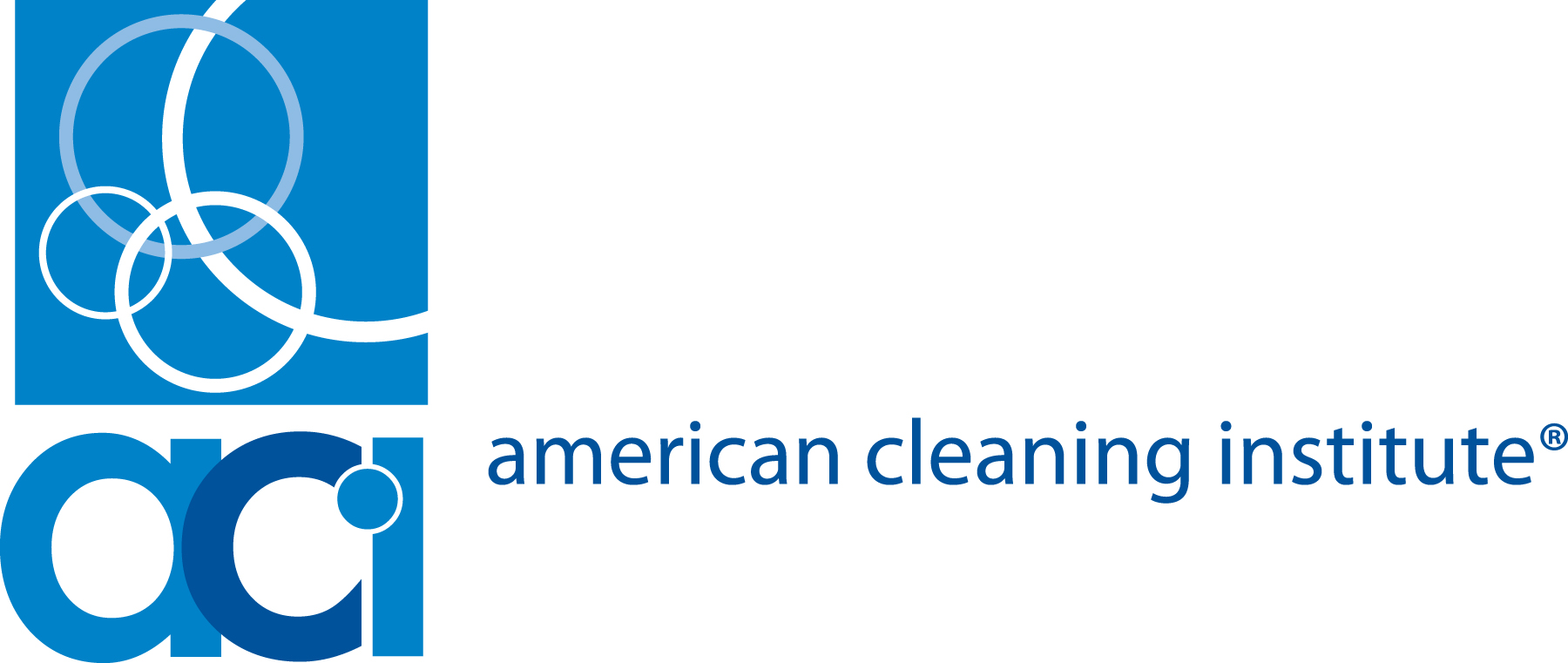Newswise — Washington, DC, July 21, 2015 – Detergent manufacturers have shown that by following industry guidelines on properly handling enzymes in factories, they “can deliver a safe working environment” and help ensure good occupational hygiene, according to newly published research.
A study appearing in the peer-reviewed Journal of Occupational and Environmental Hygiene examined procedures put in place at approximately 100 manufacturing facilities around the world where enzymes are used to help formulate detergent products.
Knowing that properly controlling occupational exposure to enzymes is a necessity, enzyme and detergent makers have implemented over the years a successful product stewardship program. Those companies, in coordination with their trade associations, have published technical guidances to promote the safe use of enzymes in the workplace, using both science-based risk assessment and risk management practices.
The American Cleaning Institute (ACI) and the International Association for Soaps, Detergents and Maintenance Products (A.I.S.E.), which represents the European industry, have each developed guidance documents on occupational hygiene controls and health monitoring strategies for enzymes in the workplace.
“An Industrial Success Story”
Wanting to see if those manufacturing facilities that properly implemented the recommended safety guidelines were successful in managing the respiratory allergenic risks associated with enzymes, ACI and A.I.S.E. undertook a review of five years’ worth of air monitoring and health surveillance data from industrial facilities producing enzyme-containing detergents and that followed the guidelines.
“Our review found that by employing stringent protocols, coupled with regular surveillance of workforce health and safety, worker exposures to enzymes can be minimized and the risks associated with the use of enzymes in detergent factories can be effectively managed,” said Dr. Francis Kruszewski, ACI Senior Director, Human Health & Safety, and one of the study’s co-authors. “What we are seeing represents an industrial success story.”
As the research paper notes, “factories which have failed to follow good industrial hygiene practices have given rise to incidences of occupational allergy. The data show that by using the approaches described for the limitation of exposure, for the provision of good occupational hygiene and for the active monitoring of health, the respiratory allergenic risk associated with enzyme proteins can be successfully managed.”
“In the 5 years of experience reviewed…results from air monitoring and health surveillance show that the companies involved have been able to meet the standards set by the broadly accepted industry guidelines,” the researchers wrote.
The research paper, “Managing the Risk of Occupational Allergy in the Enzyme Detergent Industry,” is available on ACI’s Science website. ACI provided funding in support of this research.
ACI has an extensive history in supporting enzyme product stewardship. In 1999, the association (then The Soap and Detergent Association) published Work Practices for Handling Enzymes in the Detergent Industry and Risk Assessment Guidance for Enzyme-Containing Products in 2005.
Enzymes in laundry detergent products help break down complex stains and soils, including protein-based stains (grass and blood) and starch-based stains common to many foods. Enzymes can also improve the appearance and feel of fabrics. Enzymes are also used in many automatic dishwasher detergents to dissolve food and soil residue into small particles, which are then washed away.
###
The American Cleaning Institute® (ACI) is the Home of the U.S. Cleaning Products Industry® and represents the $30 billion U.S. cleaning products market. ACI members include the formulators of soaps, detergents, and general cleaning products used in household, commercial, industrial and institutional settings; companies that supply ingredients and finished packaging for these products; and oleochemical producers. ACI (www.cleaninginstitute.org) and its members are dedicated to improving health and the quality of life through sustainable cleaning products and practices.
Journal Link: Journal of Occupational and Environmental Hygiene, Volume 12, Issue 7, 2015
